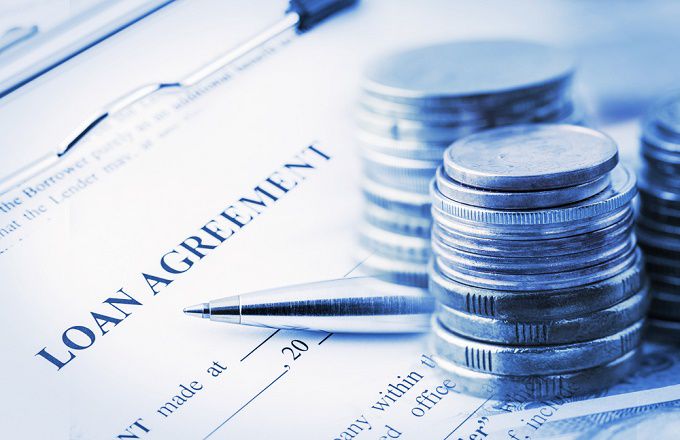The fixed-rate loan will have a rate that does not alter throughout the loan's duration. For example, the interest rate on a mortgage with a term of 30 years and a fixed rate remains the same during the whole term of the loan. Since the interest rate is the primary variable used in your monthly loan payment computation, locking in the rate will ensure that both the principal and interest components of your payment remain constant.
Two primary categories of loans are fixed and variable interest rates. Even if the interest rate on your variable-rate loan may be fixed for many years at the beginning of your loan, it is still subject to alteration during the loan's term. The structure of these rates is determined by adding a spread to a global rate referred to as LIBOR.
The London Interbank Offered Rate (LIBOR) is subject to fluctuations in both direction and magnitude whenever there is a shift in the circumstances of the global markets. If rates go up, your regular payment on a loan with a variable interest rate can also go up—sometimes by a significant amount.
How Does the Process Work for Fixed-Rate Loan?
The lender determines the interest rate on loan with a fixed rate when the loan is issued. Your credit history, current financial situation, and the specifics of your loan all play a role in determining that rate. When rate is fixed, it does not change throughout life of loan, regardless of how interest rates in larger economy change over that same period.
Your interest rate is one of the factors that go into determining the amount of your needed monthly payment. If all other factors remain the same, a higher interest rate will result in a larger monthly payment. For illustration purposes, assuming an interest rate of 10% and a loan term of four years, your monthly payment would be $507.25. However, if the interest rate increases to 15%, the monthly payment would increase to $556.61.
Your loan debt may be reduced, and your interest expenses can be stabilized with fixed rate loan installments, which consist of a single payment spread out over a certain number of years. A loan with a fixed loan rate would result in your remaining balance on a 30-year mortgage, or a four-year vehicle loan is equal to zero after the loan's duration.
Pros and Cons
Fixed-rate loans are, on average, safer than variable-rate loans; nevertheless, the stability these loans give comes at a cost to the borrower. In the end, you are the only one who can answer the questions of what you are willing to accept and what you believe the future holds for interest rates.
Pros
- Your loan will have a consistent monthly payment schedule throughout its duration.
- Find out the actual amount of interest that you will have to pay.
- There is no possibility of a "payment shock" in the foreseeable future due to increases in interest rates.
Cons
- A beginning rate that is often greater than that of loans with variable rates.
- If interest rates drop, you must refinance or continue paying the higher rate.
- It might not be the best option for your immediate requirements.

If you can't make up your mind, you might consider applying for a loan with fixed and variable interest rates. For instance, an adjustable-rate mortgage (ARM) with a term of five years has a relatively low and fixed rate for the first five years of the loan's term, but the rate is subject to vary throughout the following loan terms. Obtaining a fixed rate for a short period might benefit you if you do not intend to maintain your loan for a significant amount of time. You should only be prepared for changes in your life; you could have to maintain the loan for longer than you anticipated.
Types

Loans for buying a home: Fixed-rate mortgages are the most common kind of house loan, and they are available for terms ranging from 15 to 30 years.
Equity loans on the home: The interest rate for a home equity loan taken out in one lump payment is often fixed. Home equity lines of credit, often known as HELOCs, typically have variable rates; however, it is possible to convert your loan amount to a fixed rate.
Auto loans: The interest rate on most vehicle loans is fixed in advance.
Student loans: After the 30th of June in 2006, the interest rates on federal student loans are fixed. The interest rates attached to private student loans may be fixed or variable.
Personal loans: There is an option for a fixed or variable rate on personal installment loans. A number of the most well-liked personal loan providers provide loans with interest rates that are fixed.




